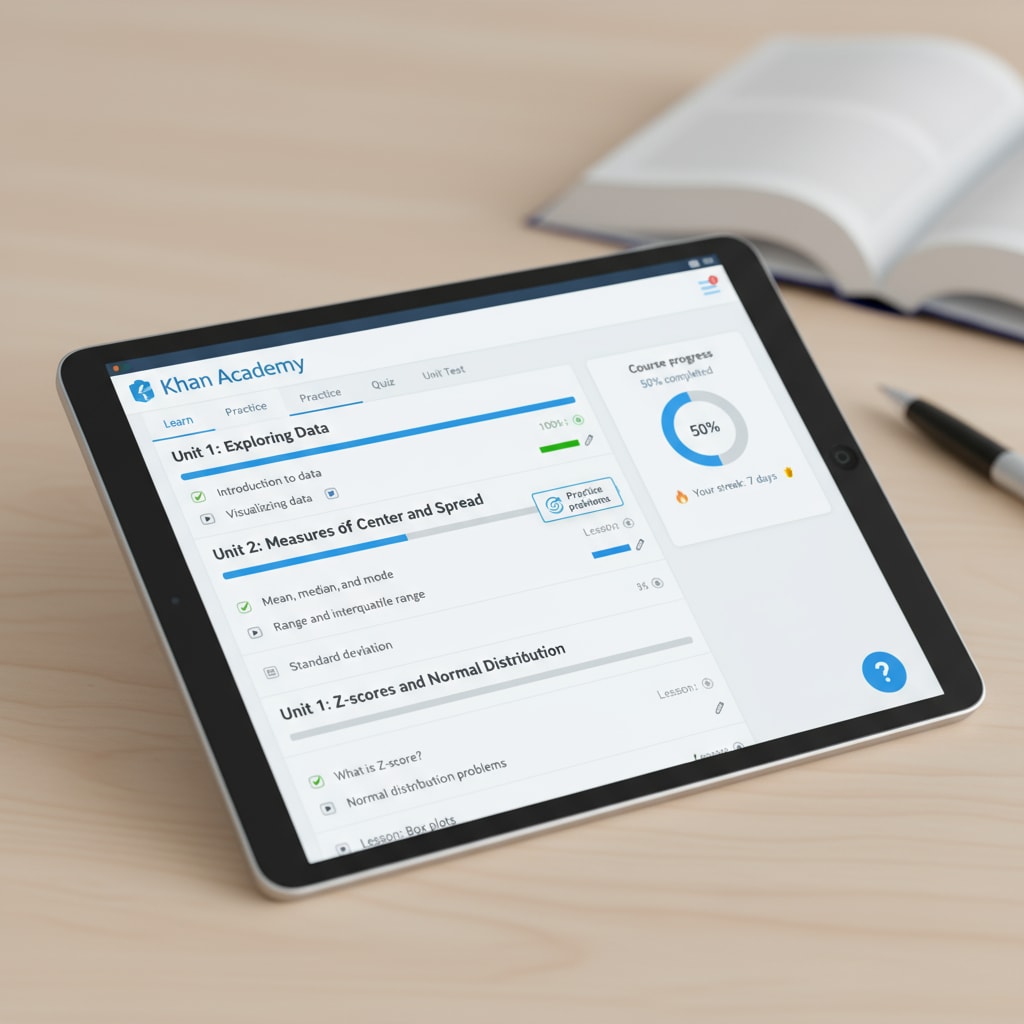In today’s data-driven era, finding data analysis, free courses, and learning resources is crucial, especially for K12 education. As the world becomes more reliant on data, introducing data analysis education at the K12 stage is a growing global trend. This article aims to guide you through some excellent free resources for students and teachers alike, as well as provide strategies to integrate data thinking into the classroom.

Why Data Analysis Education in K12?
Data analysis skills are no longer just for professionals. In K12 education, introducing data analysis helps students develop critical thinking, problem-solving, and decision-making abilities. For example, when students analyze data from a science experiment, they learn to draw conclusions based on evidence. According to International Society for Technology in Education (ISTE), students need to be proficient in data analysis to thrive in the digital age. It equips them with the skills to understand and interpret information, which is essential for their future academic and professional success.
Free Learning Resources for Students
There are numerous free resources available for K12 students to learn data analysis. One such resource is Google’s Data Studio Education. It offers interactive dashboards that students can use to explore and analyze data. Another great option is Khan Academy’s Data and Statistics courses. These courses provide step-by-step tutorials on data collection, organization, and interpretation. Additionally, National Center for Education Statistics (NCES) Kids’ Zone offers age-appropriate data analysis activities and games, making learning fun and engaging.

Resources for Teachers
Teachers play a vital role in integrating data analysis into the curriculum. The Data Literacy Project provides free lesson plans, activities, and professional development resources for teachers. It helps educators understand how to teach data analysis effectively. Also, the International Data Week offers webinars and workshops that teachers can attend to enhance their data analysis knowledge. These resources enable teachers to create engaging and effective data analysis lessons for their students.
Integrating Data Thinking into the Classroom
To incorporate data thinking into the classroom, teachers can start by using real-world examples. For instance, analyzing the popularity of different sports among students or the environmental impact of local activities. Group projects can also be an effective way to encourage data analysis. Students can work together to collect, analyze, and present data. As a result, they not only learn data analysis skills but also improve their teamwork and communication abilities.
Readability guidance: This article uses short paragraphs and lists to summarize key points. Each H2 section provides a list of relevant resources or strategies. The passive voice and long sentences are kept to a minimum, and transition words are used throughout to ensure a smooth flow of ideas.


